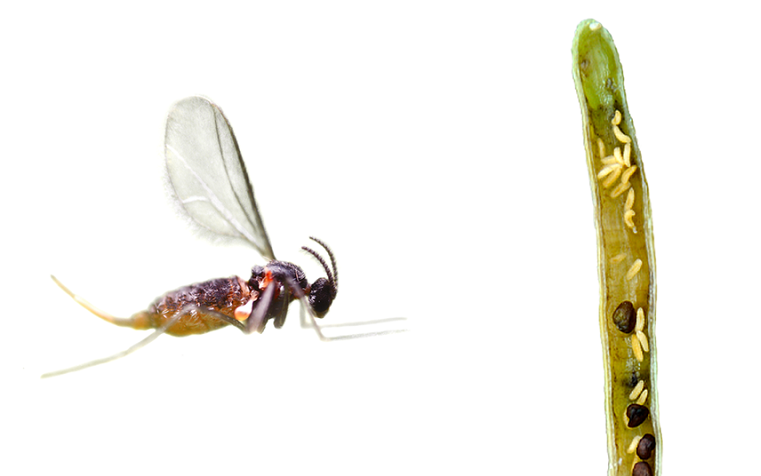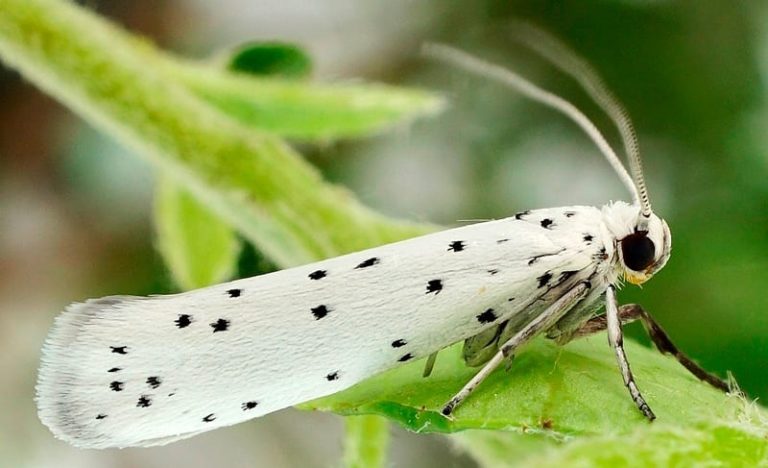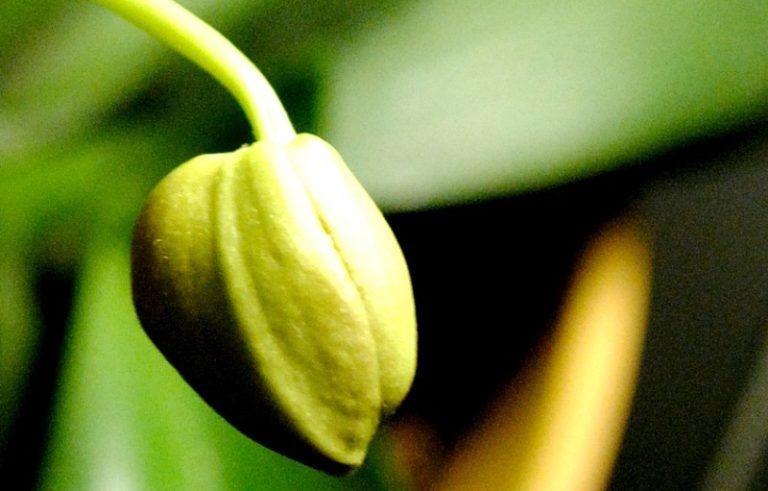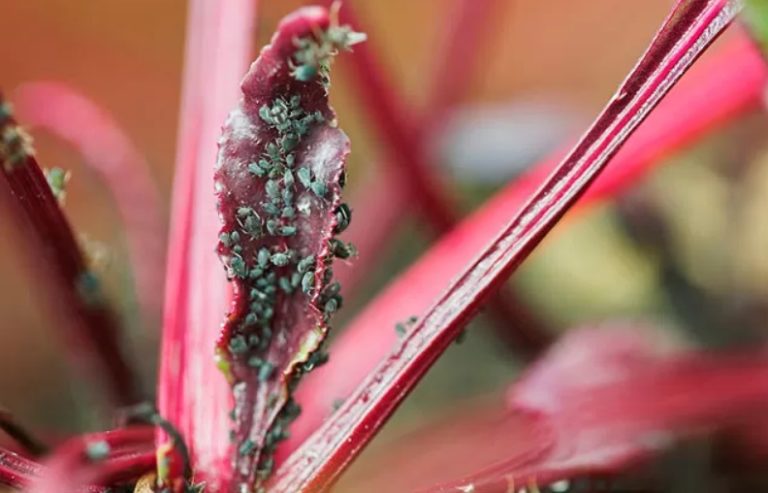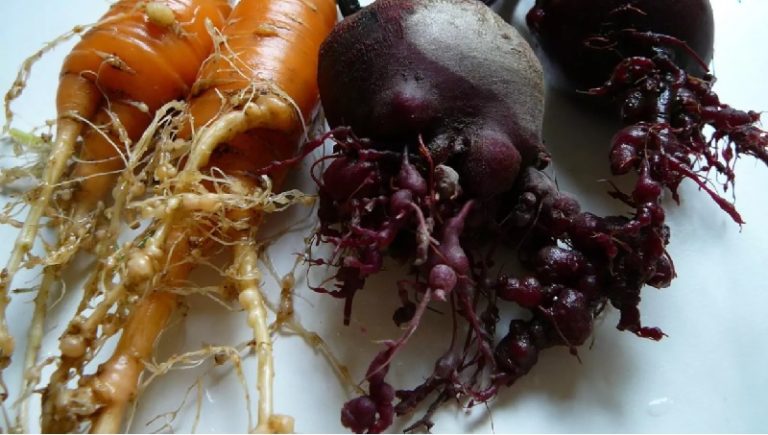White rot (sclerotiniosis): signs of appearance, methods of control
Sclerotiniosis is a fungal infection that affects many plant species. Most often, the disease appears on sunflowers, potatoes, carrots, tomatoes, cabbage, grapes and other plants, cultivated and wild.
Symptoms of damage
The fungus Sclerotinia sclerotiorum forms oblong or rounded bodies on the affected plant tissues, composed of woven filaments of mycelium – sclerotia. Outwardly, the plant looks like it is covered with mold, hence the name white rot. For the most part, the disease manifests itself at the base of the stem, but the lesion is higher, in places of branching. The diseased plant dries up, the fruits wither, becoming covered with a white coating, which turns black over time.
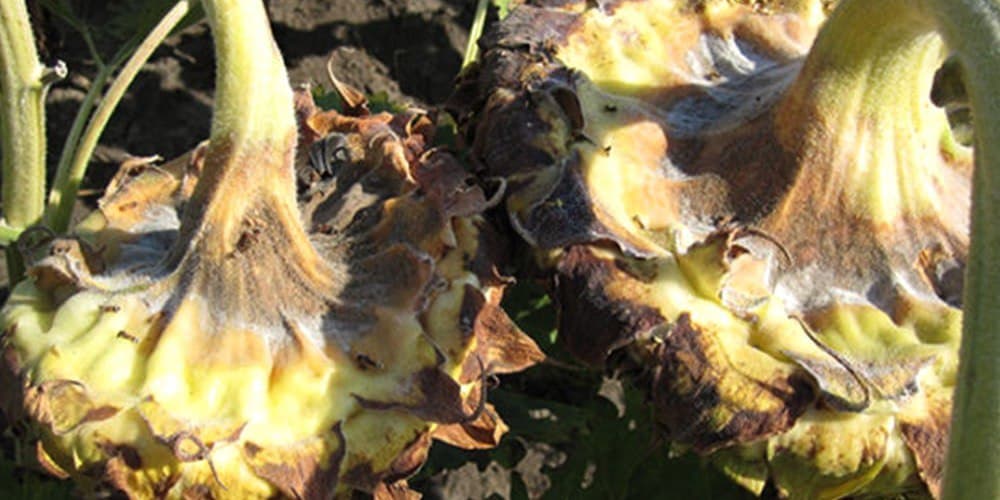
Favorable conditions for the development of the disease
- high humidity.
- wilted, overripe fruits.
- high fever.
Sources of infection
- sclerotia in the soil.
- affected seed material.
- Acrospores carried by rain and wind.
Treatment
All treatment of affected plants comes down to fungicide treatment. Unfortunately, it does not give 100% of the result, the fungus can remain and develop on the remains of plants. Therefore, it is important to identify and destroy infected stems in time so that the disease does not spread.
Measures to prevent sclerotiniosis
- seed treatment with fungicides before sowing.
- liming acidic soil.
- deep plowing of the soil after harvest.
- selection of varieties resistant to the disease.
- compliance with crop rotation.
- timely harvesting.
- careful destruction of remains, especially affected ones.

Expert advice
Most often, white rot affects sunflower, soybeans, rapeseed, flax. Therefore, during crop rotation, it is not advisable to combine these crops, especially where there is a risk of damage.


